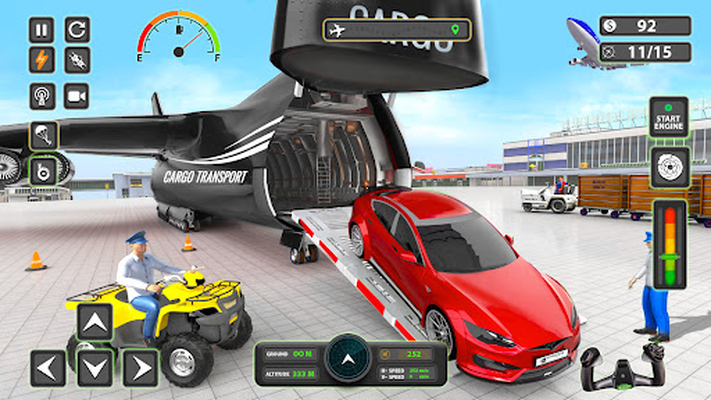
Occasionally, the pilot may elect on one leg to follow a clearly visible feature on the ground such as a railway track, river, highway, or coast. The aim of all subsequent navigation is to follow the chosen track as accurately as possible. The chosen route is plotted on the map, and the lines drawn are called the track. The pilot will choose a route, taking care to avoid controlled airspace that is not permitted for the flight, restricted areas, danger areas and so on. The information is also updated in the notices to airmen, or NOTAMs. In the UK, the CAA publishes a series of maps covering the whole of the UK at various scales, updated annually.


It also includes sufficient ground detail – towns, roads, wooded areas – to aid visual navigation. This map will depict controlled airspace, radio navigation aids and airfields prominently, as well as hazards to flying such as mountains, tall radio masts, etc. A private pilot planning a flight under VFR will usually use an aeronautical chart of the area which is published specifically for the use of pilots. The first step in navigation is deciding where one wishes to go. This may be supplemented using radio navigation aids or satellite based positioning systems.Īdjustment of an aircraft's heading to compensate for wind component perpendicular to the ground track In the former case, a pilot will largely navigate using " dead reckoning" combined with visual observations (known as pilotage), with reference to appropriate maps. In the latter case, the pilot will navigate exclusively using instruments and radio navigation aids such as beacons, or as directed under radar control by air traffic control. The techniques used for navigation in the air will depend on whether the aircraft is flying under visual flight rules (VFR) or instrument flight rules (IFR). Therefore, constant awareness of position is critical for aircraft pilots. Additionally, collisions with obstructions are usually fatal. There is no in-flight rescue for most aircraft. Aircraft are safety-limited by the amount of fuel they can carry a surface vehicle can usually get lost, run out of fuel, then simply await rescue. Aircraft normally cannot stop in mid-air to ascertain their position at leisure.


Air navigation differs from the navigation of surface craft in several ways Aircraft travel at relatively high speeds, leaving less time to calculate their position en route. Successful air navigation involves piloting an aircraft from place to place without getting lost, not breaking the laws applying to aircraft, or endangering the safety of those on board or on the ground. The basic principles of air navigation are identical to general navigation, which includes the process of planning, recording, and controlling the movement of a craft from one place to another.


 0 kommentar(er)
0 kommentar(er)
